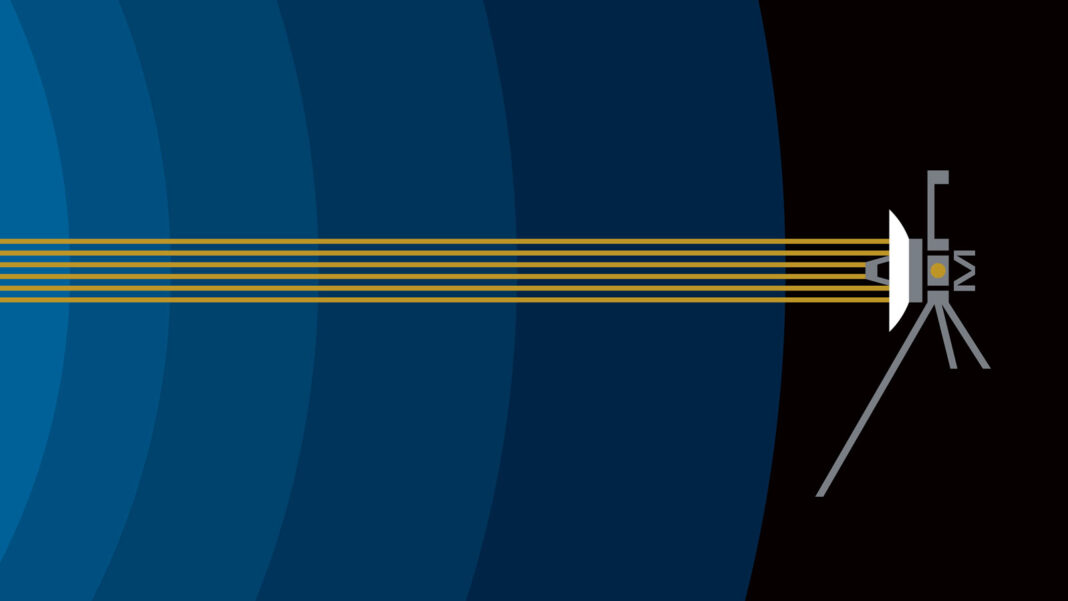## A Lone Signal: The Enduring Legacy of Voyager
In the vast, cosmic ocean, two tiny probes, Voyager 1 and 2, have embarked on a journey unlike any other. Launched in the late 1970s, these intrepid explorers dared to venture beyond the confines of our solar system, becoming humanity’s furthest reaching emissaries. Now, decades later, their transmissions, faint whispers across unimaginable distances, continue to paint a breathtaking picture of the universe’s edge.

The Scientific Discoveries of Voyager 1

Voyager 1 has made numerous groundbreaking discoveries since its launch in 1977. One of the most significant discoveries is the imaging and spectroscopy, which has enabled scientists to study the outer reaches of the solar system.
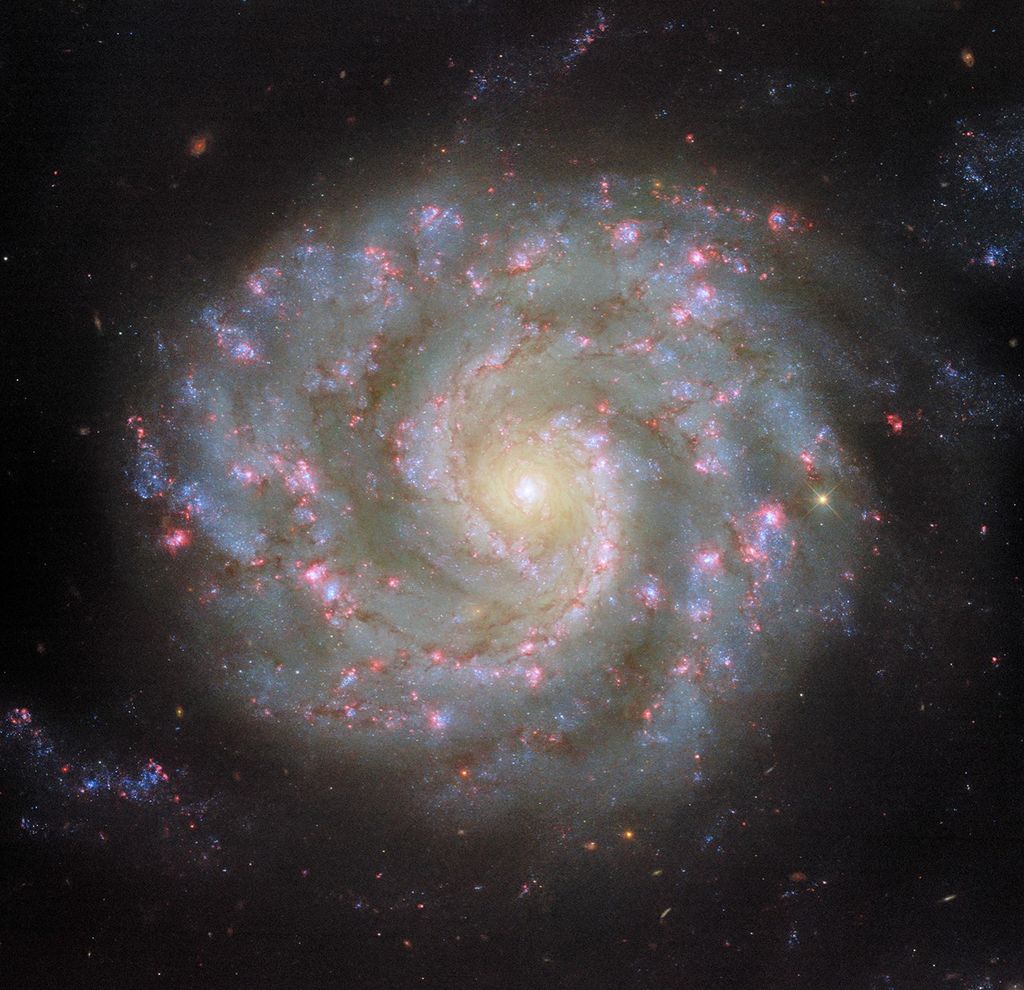
Imaging and Spectroscopy
The Voyager 1 spacecraft is equipped with 11 scientific instruments, including the Imaging Science System (ISS), Ultraviolet Spectrometer (UVS), Infrared Interferometer Spectrometer (IRIS), and Planetary Radio Astronomy Experiment (PRA). These instruments have enabled scientists to study the outer solar system, including the Jovian and Saturnian systems. The imaging system has taken numerous photographs of the Jupiter and Saturn, including their moons, rings, and atmospheres.
One of the most significant discoveries made by Voyager 1 is the discovery of a thin ring around Jupiter and two new Jovian moons, Thebe and Metis. At Saturn, Voyager 1 found five new moons and a new ring called the G-ring. These discoveries have provided scientists with valuable insights into the formation and evolution of the solar system.
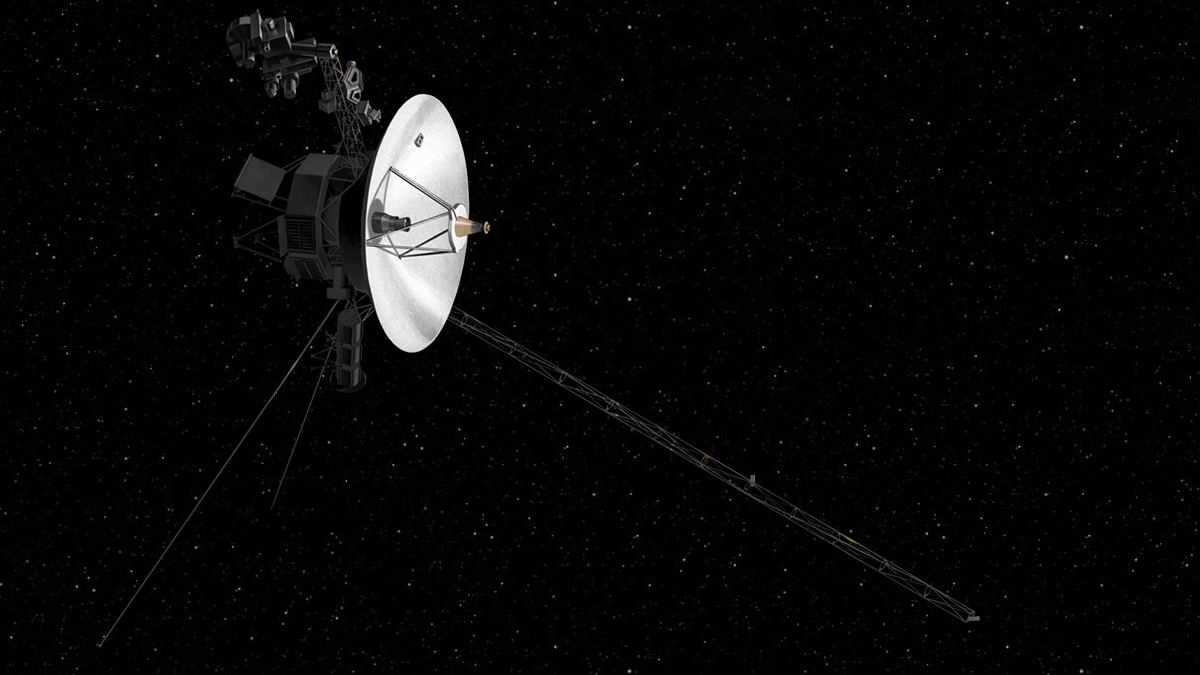
Magnetic Fields and Plasma
Voyager 1 has also made significant discoveries regarding magnetic fields and plasma in the outer reaches of the solar system. The spacecraft’s Triaxial Fluxgate Magnetometer (MAG) and Plasma Spectrometer (PLS) have enabled scientists to study the magnetic fields and plasma of the outer solar system.
One of the most significant discoveries made by Voyager 1 is the crossing of the heliosphere, the boundary where the influences from outside our solar system are stronger than those from our Sun. This discovery has provided scientists with valuable insights into the formation and evolution of the solar system.
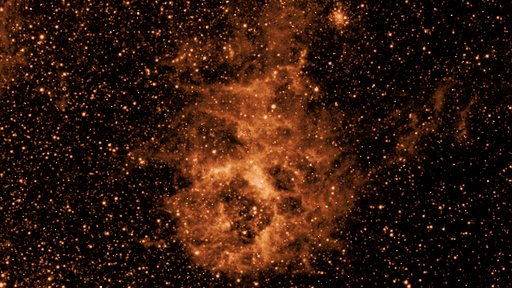
Cosmic Rays and Radiation
Voyager 1 has also made significant discoveries regarding cosmic rays and radiation in the interstellar medium. The spacecraft’s Cosmic Ray Telescope (CRS) has enabled scientists to study the cosmic rays and radiation in the interstellar medium.
One of the most significant discoveries made by Voyager 1 is the measurement of cosmic rays and radiation in the interstellar medium. This discovery has provided scientists with valuable insights into the formation and evolution of the solar system and the universe as a whole.
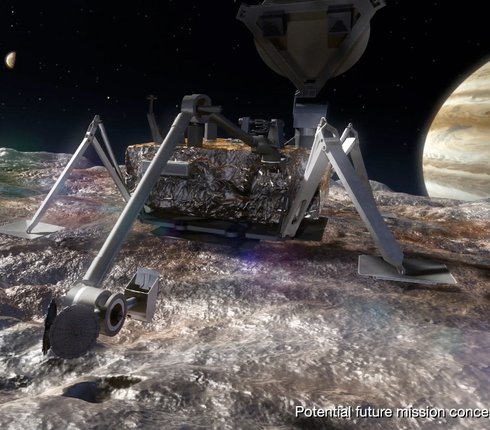
The Legacy of Voyager 1
Voyager 1 has made significant contributions to our understanding of the solar system and the universe as a whole. One of the most significant legacies of Voyager 1 is the advancements in space exploration.
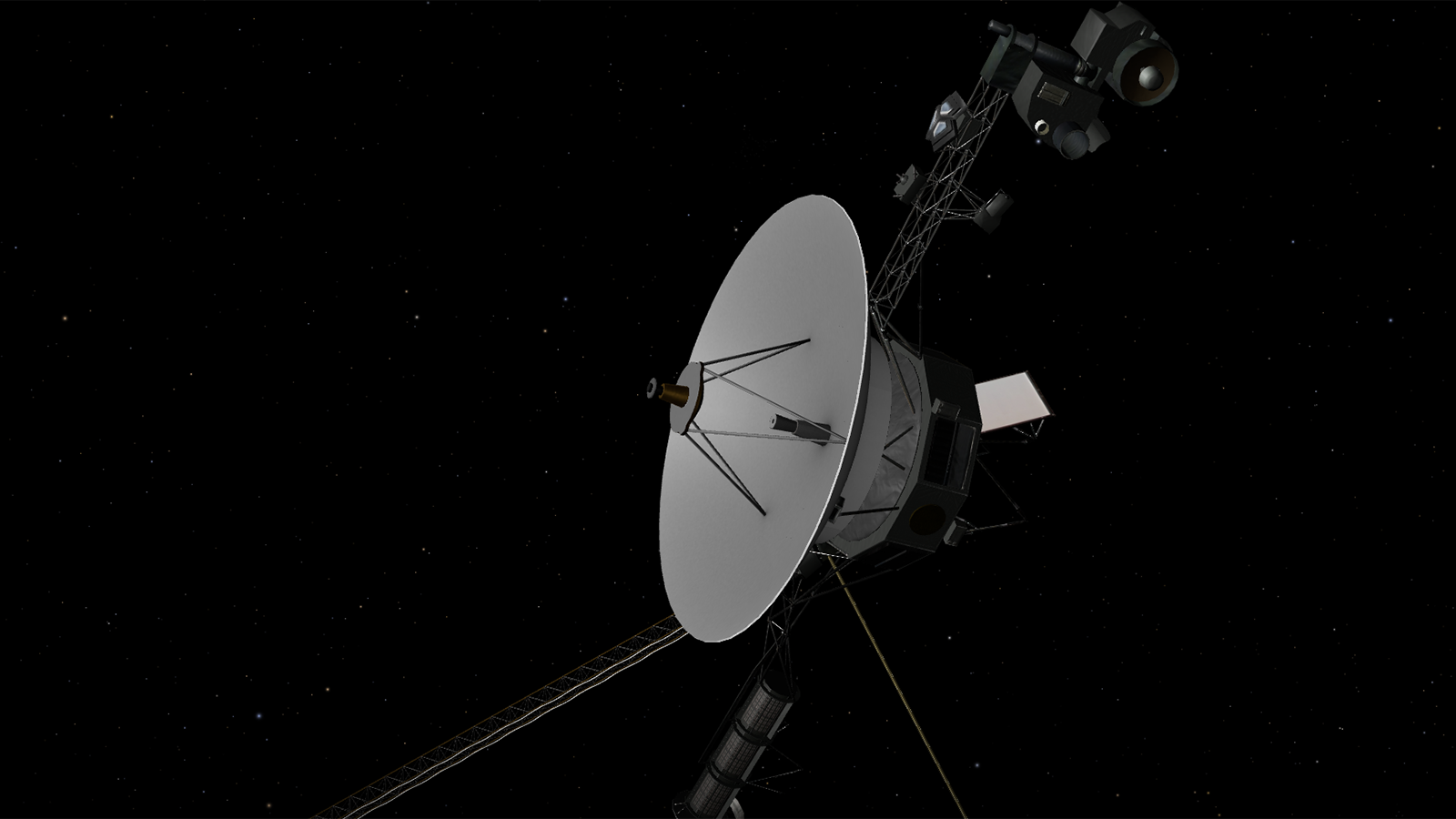
Advancements in Space Exploration
Voyager 1 has paved the way for future space exploration. The spacecraft’s design and instruments have provided scientists with valuable insights into the design and operation of spacecraft. The discovery of the outer solar system and the interstellar medium has provided scientists with a new frontier for space exploration.
The advancements made by Voyager 1 have enabled scientists to design and operate more sophisticated spacecraft, such as the Cassini-Huygens mission to Saturn and its moons. The discovery of the outer solar system and the interstellar medium has provided scientists with new targets for space exploration.
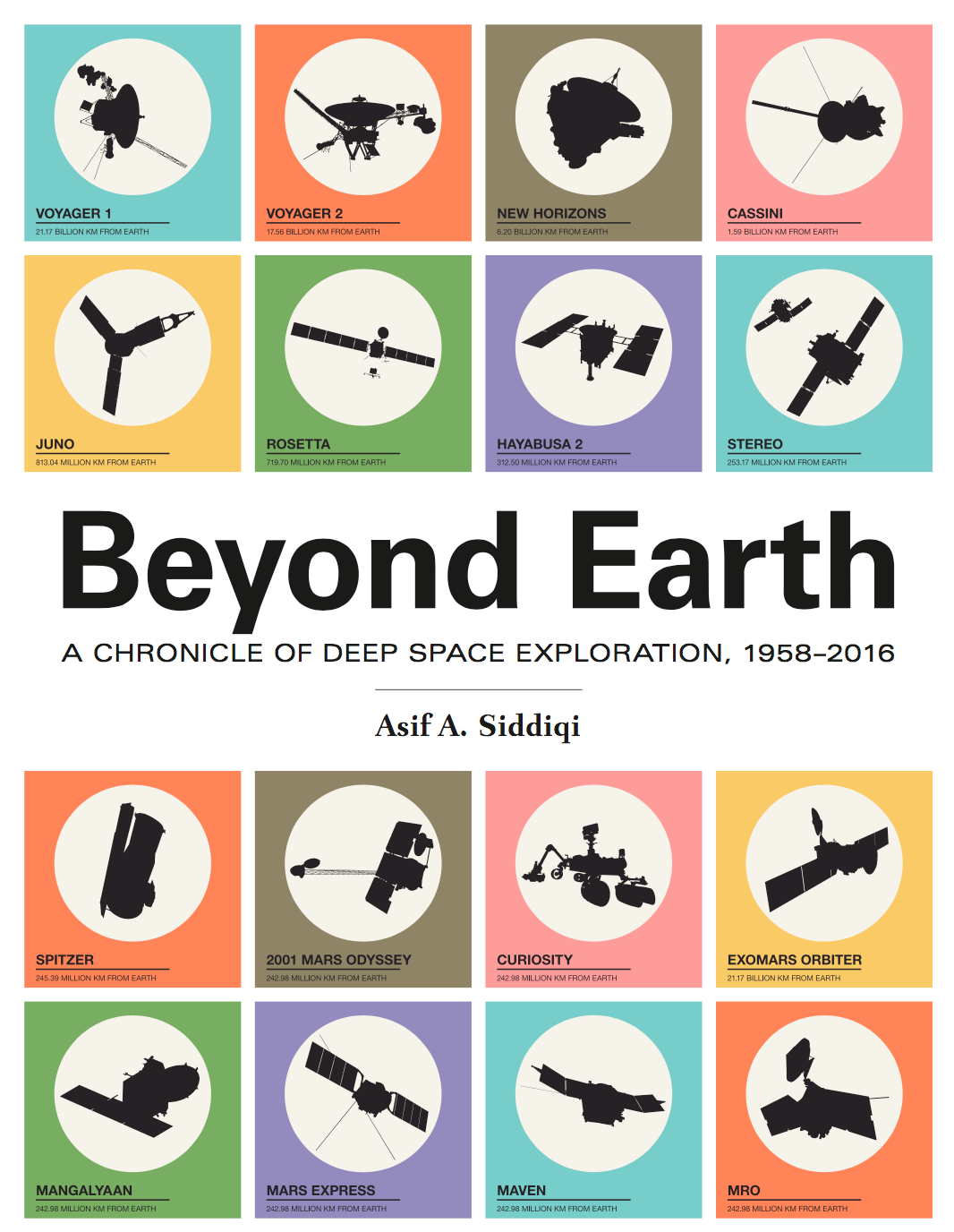
The Search for Extraterrestrial Life
Voyager 1 has also contributed to the search for life beyond Earth. The spacecraft carries a Golden Record, a 12-inch gold-plated copper disk containing sounds and images selected to portray the story of our world to extraterrestrials.
The Golden Record is a time capsule that contains information about human life on Earth, including images, sounds, and messages. The record is a message to any extraterrestrial life form that may encounter the spacecraft.

Preserving Human Knowledge
The Golden Record is not only a message to extraterrestrial life but also a preservation of human knowledge. The spacecraft carries a copy of human knowledge, including images, sounds, and messages. This knowledge is a record of human civilization and a legacy for future generations.
The preservation of human knowledge is essential for the survival of human civilization. The Golden Record is a symbol of human civilization and a legacy for future generations. It is a reminder of our place in the universe and our responsibility to preserve our knowledge for future generations.
Conclusion
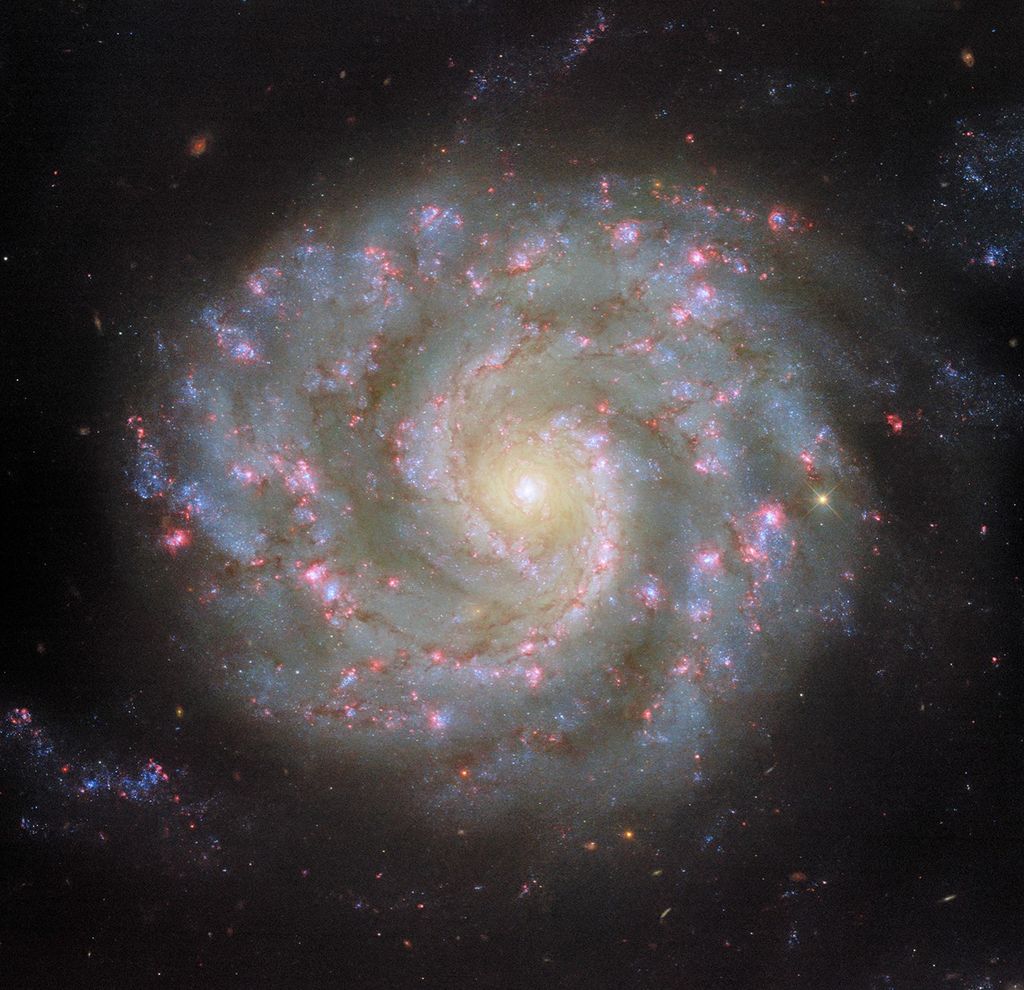
Conclusion: Pioneering the Frontiers of Space Exploration
As we conclude our exploration of the Voyager mission, it becomes clear that this groundbreaking initiative has left an indelible mark on the annals of space research. From its inception in 1977, Voyager has been driven by a relentless pursuit of knowledge, pushing the boundaries of human understanding and expanding our comprehension of the cosmos. The spacecraft’s ingenious design, coupled with its unwavering commitment to scientific inquiry, has enabled us to grasp the intricacies of our solar system, the mysteries of interstellar space, and the enigmatic nature of the universe itself.
The Voyager mission’s significance extends far beyond its impressive technological achievements. It has sparked a profound shift in our understanding of the human condition, forcing us to confront the impermanence of our existence and the fragility of our place within the grand tapestry of time and space. As we gaze upon the Voyager Golden Records, containing the sounds and music of human civilization, we are reminded of our shared responsibility to preserve and protect the cultural heritage of our species. In doing so, we are compelled to reevaluate our priorities, recognizing that the pursuit of knowledge and interstellar exploration is not merely a scientific endeavor, but a testament to humanity’s innate curiosity and resilience.

